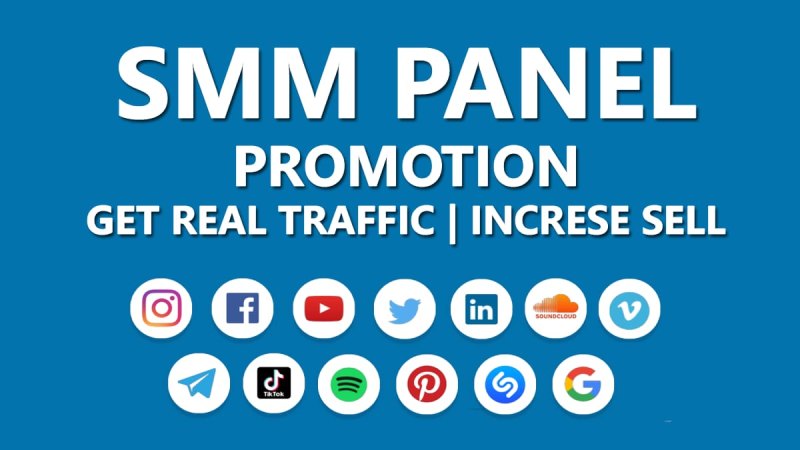In the world of digital marketing, two social media giants stand out as powerful platforms for advertising: Facebook and Instagram. Both are owned by the same company, Meta Platforms, Inc., and offer robust advertising options for businesses looking to reach a vast and diverse audience. But when it comes to choosing between Facebook Ads and Instagram Ads, which one is better? In this blog, we’ll compare these two advertising platforms to help you make an informed decision for your marketing strategy Smm panel instagram.
Audience Demographics
One of the most crucial factors to consider when deciding between Facebook and Instagram ads is the audience demographics. While both platforms have extensive user bases, they attract different types of users.
- Facebook: Facebook is known for having a broad user base spanning across all age groups, making it a versatile platform for reaching a diverse audience. It’s an excellent choice if you want to target a wide range of demographics. Facebook users often spend more time on the platform engaging with various types of content, including news, events, and community discussions.
- Instagram: Instagram, on the other hand, tends to attract a younger audience, with a strong presence among users aged 18 to 34. If your target audience skews towards millennials and Gen Z, Instagram might be the better choice. Instagram is primarily a visual platform where users share photos and videos, making it ideal for visually appealing and creative ad campaigns.
Ad Formats
Both Facebook and Instagram offer a variety of ad formats to suit different marketing objectives. Here’s a comparison of some common ad formats on both platforms:
- Facebook Ad Formats: Facebook offers several ad formats, including image ads, video ads, carousel ads, slideshow ads, and more. It’s a versatile platform that allows you to create ads tailored to your goals, whether it’s brand awareness, lead generation, or e-commerce sales.
- Instagram Ad Formats: Instagram is highly visual, and its ad formats reflect this. You can create image ads, video ads, carousel ads, and stories ads. Stories ads are particularly popular on Instagram and can provide an immersive, full-screen experience for users.
Engagement and Interaction
Engagement is a critical metric when assessing the effectiveness of your ad campaigns. Both Facebook and Instagram provide opportunities for users to engage with your content, but the style of engagement can differ.
- Facebook: Users on Facebook are more likely to engage with content by liking, sharing, and commenting. It’s an ideal platform for fostering discussions and building a community around your brand.
- Instagram: Instagram encourages interaction through likes, comments, and shares, but it’s also a platform where users discover new products and brands through visual content. The platform’s Explore feature is a powerful tool for reaching users interested in relevant content.
Targeting Options
Precise targeting is a strength of both Facebook and Instagram ads, thanks to the wealth of user data that both platforms collect. Here’s a brief overview of the targeting options on each platform:
- Facebook: Facebook’s targeting options are extensive and include demographics, interests, behaviors, location, and more. You can create highly detailed custom audiences and lookalike audiences, allowing you to reach people who are likely to be interested in your products or services.
- Instagram: Instagram leverages Facebook’s robust targeting capabilities, making it possible to reach the same granular audience segments. You can also target users based on their interactions with your Instagram business profile or website.
Cost and Budget
The cost of advertising on Facebook and Instagram can vary based on several factors, including your target audience, ad quality, and bidding strategy. Generally, Instagram tends to have a slightly higher cost per click (CPC) than Facebook, but the difference is not significant.
Which Platform Is Better for You?
The choice between Facebook and Instagram ads ultimately depends on your business goals, target audience, and the type of content you create. Here are some considerations to help you decide:
- Audience: Consider the age group and interests of your target audience. If you’re targeting a younger, visually-oriented audience, Instagram might be a better choice.
- Ad Creatives: If your ad content is highly visual and designed for a mobile-first experience, Instagram’s visual nature might be a better fit. If you have a more text-based or diverse content strategy, Facebook offers flexibility.
- Marketing Goals: Your advertising objectives, whether they are brand awareness, lead generation, website traffic, or sales, should align with the platform that best supports those goals.
- Budget: Consider your budget and how much you’re willing to spend on advertising. Both platforms can work well for various budgets, but the cost per click can vary.
- Testing and Analytics: It’s often a good practice to test your ads on both platforms and use the robust analytics tools provided by Facebook Ads Manager to determine which one is performing better for your specific campaigns.
In conclusion, there is no one-size-fits-all answer to the question of whether Facebook or Instagram ads are better. The right choice depends on your business and marketing strategy. Many businesses find success in using both platforms simultaneously to maximize their reach and impact. So, instead of focusing on a single platform, consider how Facebook and Instagram ads can complement each other in your digital marketing efforts.
